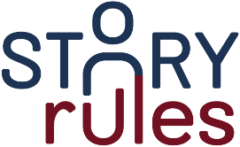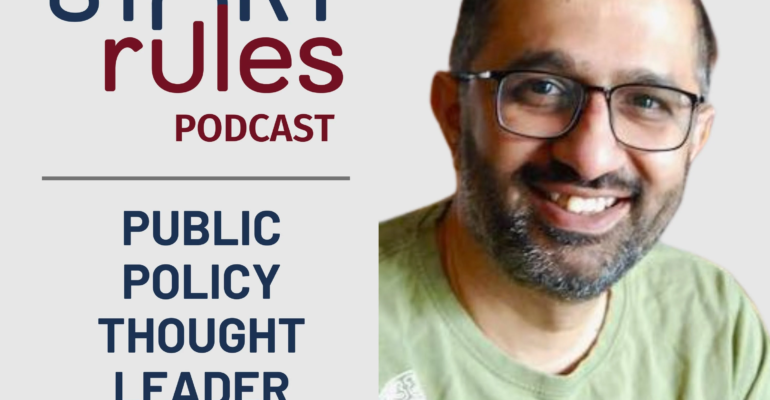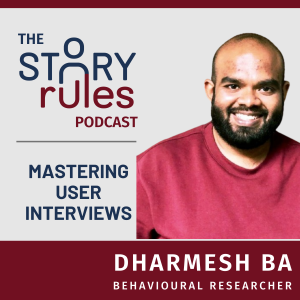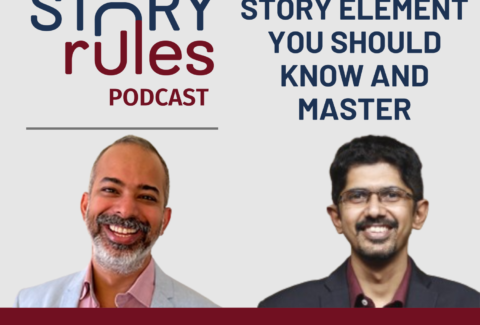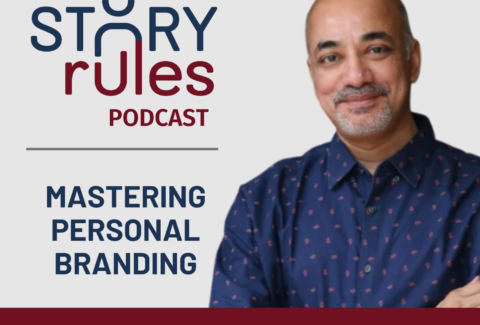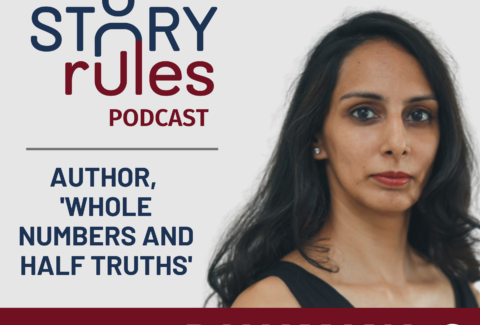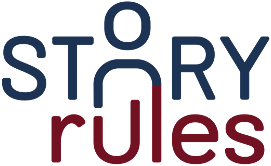E21: Nitin Pai – Public policy thought leader
(After what seems like ages!) I’m pleased to present a new podcast episode – with public policy intellectual, Nitin Pai.
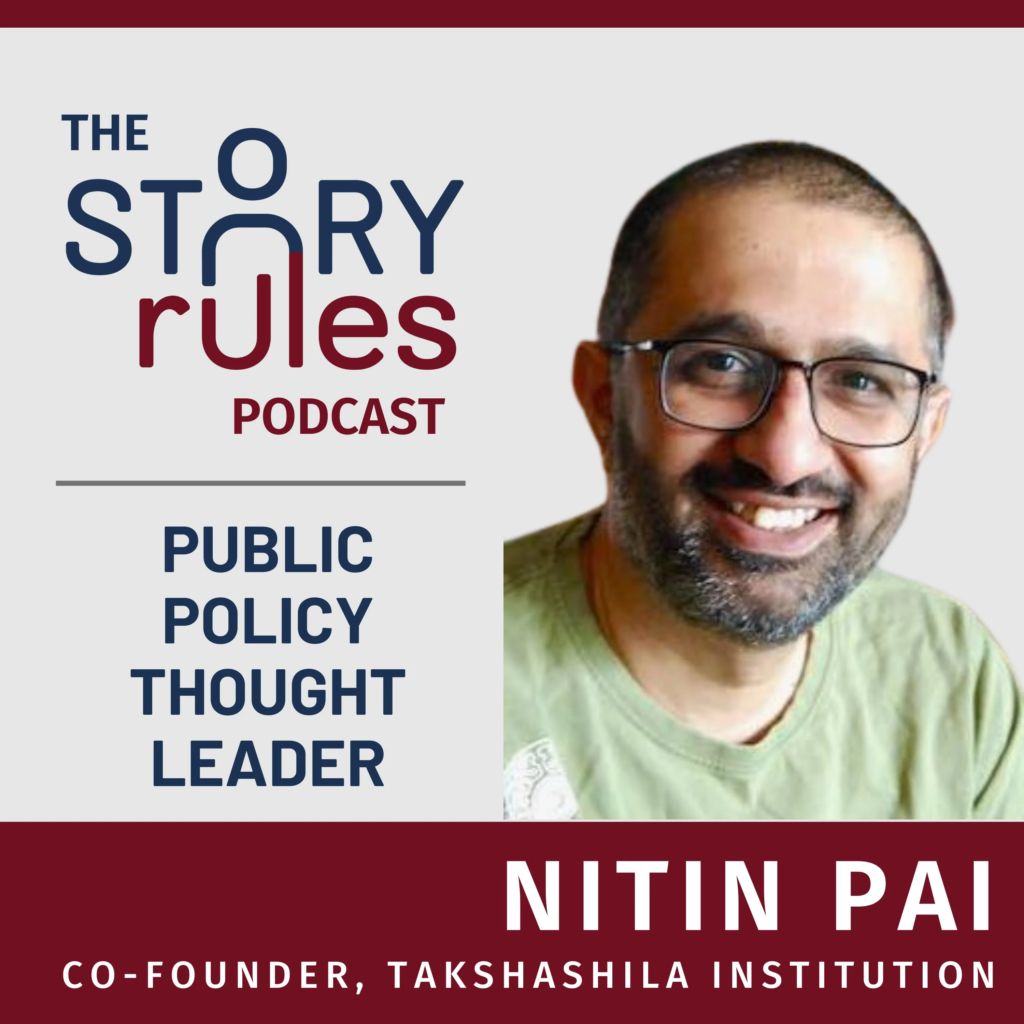
Nitin is the reason I joined Twitter in 2016.
Around 2014-15, I used to regularly read a few sites/blogs – and Nitin’s blog ‘The Acorn’ was one of my favourite ones. I used to keep visiting it to check if it had been updated since I last read it.
(Nitin is the co-founder of the Takshashila Institution, a think-tank and school of Public Policy based in Bangalore. He is a public policy intellectual and writes on the topics of geopolitics, defence economics and public policy, among others).
Then in 2016, Nitin stopped posting on the blog. On the home page though, there was a link to his Twitter feed, which was getting regularly updated.
I was like – ‘What is this Twitter thing that everyone seems to be talking about? Chalo, let me try it since I need to get Nitin’s dope’. And that is how I got sucked into the big, bad world of Twitter.
Initially, I made the mistake of following political experts and commentators… and realised that it was making me upset and angry if I spent too much time on the app. In 2019, I deleted the app and discontinued my account. (I rejoined it later in 2020 on Aditi Parekh‘s encouragement and started to follow folks from whom I can learn more about the craft of storytelling. It’s been great since then).
Anyway, I continued to be a fan of Nitin’s thinking and writing – especially:
- The way he would see patterns in seemingly disconnected events and weave a clear and compelling narrative from the same. (His piece on the four levels of public discourse makes for insightful reading)
- The way he’s able to take contrarian positions and defend them (consider this analysis I did of the storytelling techniques he used in a Mint article titled ’The Ukraine War has triggered a global surge in human stupidity‘)
Needless to say, I was thrilled to have him on the podcast, even though he could only spare 1 hour for the conversation.
Nitin once said – “The stories we tell ourselves shape the reality we live in” – and it is this avatar of his as a student of narratives that I wanted to know more about on this podcast.
In this episode, we dive into several topics around narratives and storytelling:
- Narratives shape our identity: Narratives are at the most fundamental level about identities and in this form, they can imprison us. Nitin shares an evocative analogy on this:
Nitin: Some amount of anchoring and mooring toward identity is important. But that’s the word – your identity should be a mooring: it tells you who you are and from there you can depart to wherever you want. It tells you where you started and which direction you want to go in. But if instead of being a mooring, it becomes a straitjacket – you are held together and your mooring is also a radius beyond which you cannot move, then it becomes naturally constraining.
There are four levels of public discourse: that societies (and organisations) can grapple with. Level one is the story of ‘Who we are’, our identity; Level 2 deals with ‘What are the key problems’ that we want to focus on, Level 3 is the ‘What are the right Solutions for these problems’ and Level 4 is about ‘Where do we want to go’, our vision. Unfortunately, a lot of societies often get stuck at Level 1, making very little progress on the higher levels. Check out this article Nitin wrote on the topic.
- Two broad types of narratives – hope and fear: In sharing these stories, there are two broad types of narratives that Nitin says we can use – narratives of hope and narratives of fear. While narratives of fear can get short term electoral gains, over time, people become tired of being fearful… and look forward to more optimistic narratives.
Nitin: One of the books I would recommend to your readers is a book called Policy Paradox by Deborah Stone. What she says in the chapter on narratives, is that there are 2 broad types of narratives – narratives of hope, and narratives of fear. It could be the same thing you’re trying to argue but you could use one of the two narratives. Let’s say we want to build great roads across the country. That’s the project we want to promote, that we want to build infrastructure; we want a great highway system. You could build a narrative of fear which says that “Look our current road system is terrible. A lot of accidents are happening, and unless we fix them, a lot of people are going to die. By the way, China has these great roads. They are capturing so much of our economy. Unless we fix our roads, China is going to walk away with a whole lot of prizes.”
You could also have a narrative of hope, which says that “If you build this road, this child will be able to go to a school which is in the district headquarters in half an hour. Imagine ten million kids going to school, reducing their travel time, getting the girl child into school in a safe way. We’d be able to improve our indicators by so and so much.”
Whatever the end goal is, people have a choice of what kind of narrative (they put forth.) Whether it’s the positive narrative of hope, or you could choose the negative narrative of fear, anxiety, doubt. This, I think, is a political calculation. In a corporate context, it’s the same. You might want to use a positive or negative narrative. It’s about what gives you more mileage. What do you think will get you more of what you want, rather than the other?
There’s been a calculation thanks to the moral panic on social media that negative narratives sell a lot more.
- The medium of dissemination influences the quality of narrative: Nitin traces his journey of using different mediums to share this narrative – starting with blogging, then Twitter, then the disillusionment with that channel and finally, what alternatives he’s exploring now.
Nitin: Unfortunately, Twitter has done a lot of damage to our storytelling ability both as individuals, as well as societies. Now, some kind of correction is going on thanks to the mercurial attitude of the new owner of Twitter and the attention given to other things in the Fediverse – Mastodon and other things. I would like to encourage you and your listeners to consider Mastodon as an option. I think it lends itself to a sober, reflective, deliberative, open-minded conversation, rather than a very shrill and demonstrative platform which Twitter is right now. Having said that, even if something like Mastodon becomes mainstream, I think we’ll still be trapped by the old business of being demonstrative; we’ll lose all the charm and reflectiveness of a small, closed platform.
We also geek out about the meaning and utility of frames and frameworks in storytelling.
Finally, Nitin shares why everyone should read philosophy and fiction.
It’s an eye-opening conversation.
You can enjoy my conversation with Nitin at your favourite podcast location:
Browser
Podcast apps: Apple Podcasts | Spotify | Google Podcasts | Stitcher | Podcast Addict | Pocket Casts
Happy listening!
Further reading links:
– Nitin Pai’s website
– Nitin on Twitter, Mastodon, LinkedIn
– Takshashila Institution website and Nitin’s interview on the organisation
– Nitin’s book, The Nitopadesa
– His article on the Four Levels of Public Discourse
If you find the content valuable, please rate and review this podcast on iTunes, Spotify, Google Podcasts, or wherever you listen to them (links above). It’ll help others like you discover these insights!
This podcast was hosted by me, Ravishankar Iyer. Audio editing by Kartik Rajan. Transcript creation and editing by Amisha Jha and all-round support by Sanket Aalegaonkar.
Thanks,
Ravi
PS: Long-time readers of the podcast episode intro post would be expecting some more extracts from the conversation tagged under the ‘3Ps’ – The Philosophical, the Practical and the Personal – that I used to do earlier. But, to make this intro shorter, I no longer would be adding that section. Instead, I have attached the relevant extracts in the conversation summary itself.
